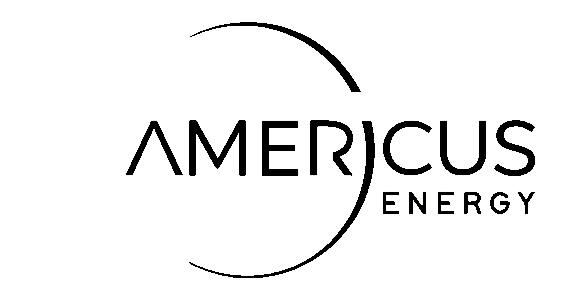
RE+ Tech, the annual premier clean energy conference in Las Vegas, proved enlightening and inspiring, especially for those invested in the solar energy sector.
Over 40,000 attendees and 1,350+ exhibitors from around the globe attended the desert conference, the most comprehensive event in North America for clean energy. The event was brimming with innovative ideas, groundbreaking technologies, and thought-provoking panels about the future of renewable energy.
Key takeaways from the event, previously known as Solar Power International (SPI), included the rapid advancements in solar technology, the increasing affordability and accessibility of solar power, and its potential role in mitigating climate change. The conference also highlighted the importance of cross-sector collaboration and policy support in accelerating the adoption of solar energy.
We’re breaking down our top takeaways below.
Community Solar gaining momentum
The enthusiasm around community solar is palpable and continues to surge. Our conversations with numerous industry pioneers and development collaborators revealed the swift expansion in this sector. We delved into the role of our policy team in steering the course of clean energy and their commitment to staying current in a perpetually evolving market.
Focus on battery storage
The expansive exhibit space was brimming with revolutionary products and technologies, all designed to propel the renewable energy and energy storage sectors forward. There was a significant emphasis on batteries, mirroring their essential function in facilitating the transition towards clean energy.
The variety of batteries on display was truly mind-blowing! From lithium-ion batteries to flow and solid-state batteries, each with unique strengths and optimal applications, be it for electric vehicles, grid storage, or domestic use.
Numerous companies demonstrated their innovative battery chemistries and designs, all aimed at enhancing performance, longevity, and safety. It was a veritable feast for anyone interested in the future of energy storage!
Key figures in the industry have underscored the significance of open communication, education, and equitable policy-making to guarantee the ethical and sustainable expansion of energy storage. A harmonious alliance between manufacturers, regulatory bodies, and other relevant parties is crucial in this process.

The effects of the Inflation Reduction Act (IRA) are starting to show
The impact of the Inflation Reduction Act (IRA) is anticipated to be monumental across the industry. Regardless of their size, firms are adding to their workforce, production facilities are scaling up, and an unprecedented level of interest in solar energy is being observed among U.S. consumers.
The U.S. solar industry was a beacon of job creation in 2022, supporting over 263,000 jobs as per IREC data, marking a growth of over 3.5% compared to 2021. Maintaining this pace of growth would mean the industry could potentially create more than 1 million jobs by 2037.
The industry’s reaction to the Inflation Reduction Act (IRA) is still evolving. The timeline for utilizing the Section 48 tax credit adds, which provide an additional 20% of project costs for new solar developments in low-income communities, remains unclear.
Equally uncertain is the allocation of the $27 billion Greenhouse Gas Reduction Fund outlined in the IRA. Much of this fund is destined for state programs to make solar energy accessible to all Americans. The design and implementation of these programs will be under the jurisdiction of state and local governments in the forthcoming months, and their decisions will significantly shape the future trajectory of the solar industry.
Clean Energy and Corporate Sustainability
Corporations, as the key stakeholders in the flourishing U.S. solar and storage market, are adopting an increasingly diverse range of strategies to incorporate new capacity.
A panel discussion examining this progression was led by Shawn Rumery, the Senior Director of Research at SEIA. The “Clean Energy’s Role in Achieving Ambitious Corporate Sustainability Goals” session aimed to underscore the diverse methods companies employ to meet their sustainability targets.
Some opt for constructing onsite or offsite solar systems, others leverage Power Purchase Agreements (PPAs) or virtual PPAs, some invest in tax credits via the Investment Tax Credit (ITC), and others acquire Solar Renewable Energy Certificates (SRECs).
The session pointed out that there is no uniform approach to designing, attaining, and monitoring sustainability goals, and measuring progress can often be challenging.
A growing trend in corporate adoption strategy is the concept of additionality. This refers to organizations contributing directly to expanding renewable energy capacity on the national grid. By committing to and investing in green energy generators, these companies fund the creation of new renewable power generation and progress towards their net-zero objectives.


